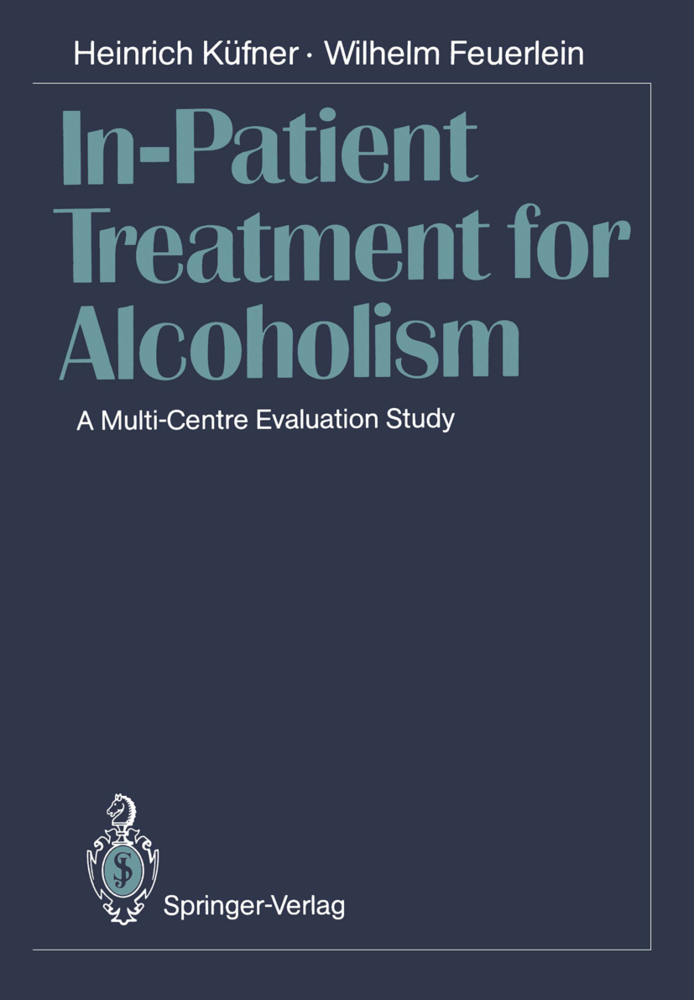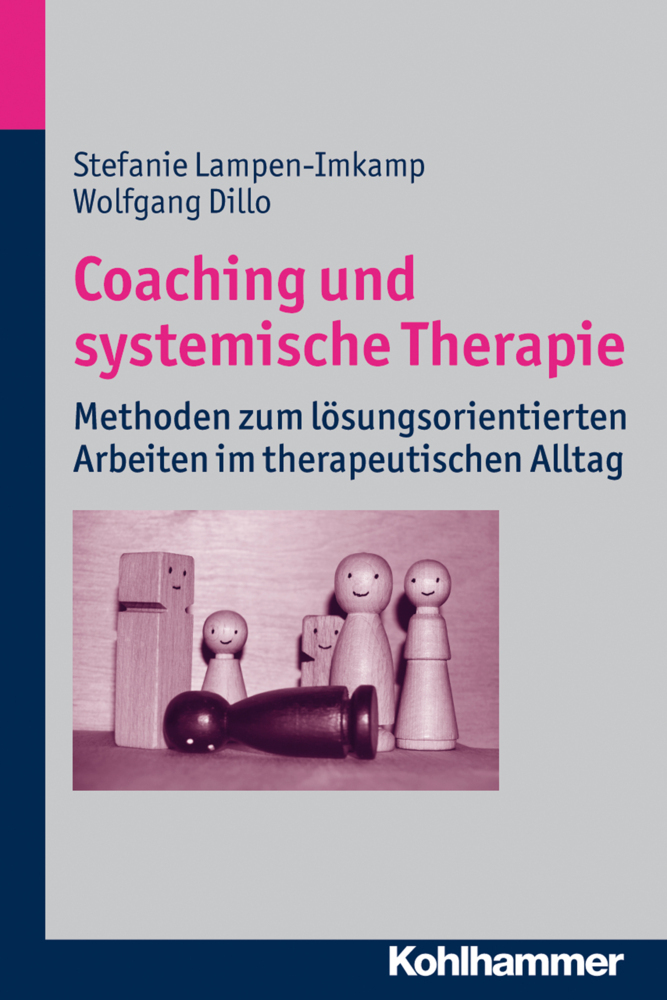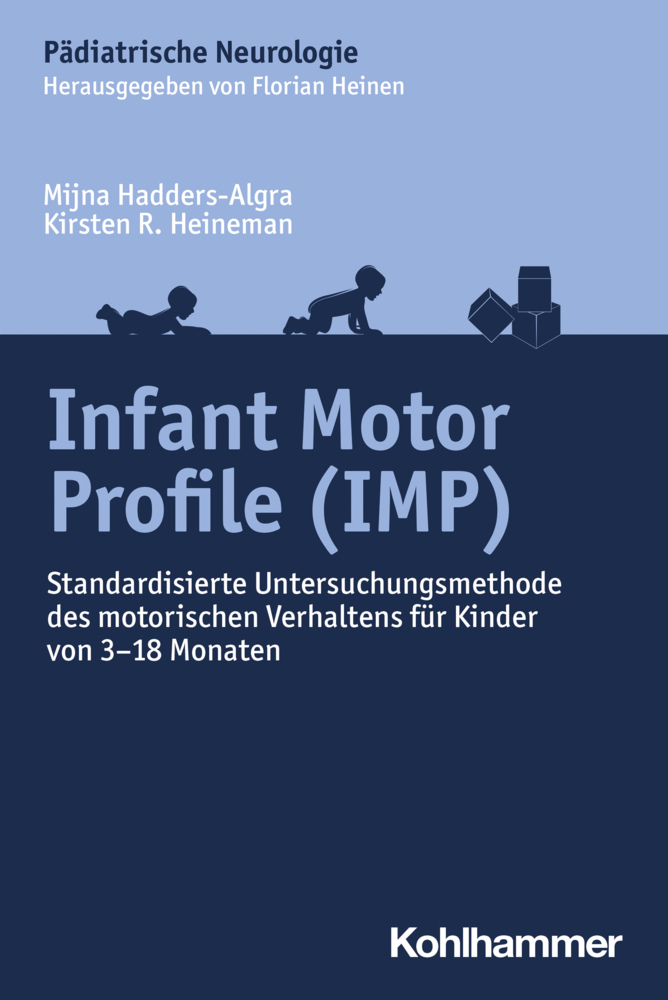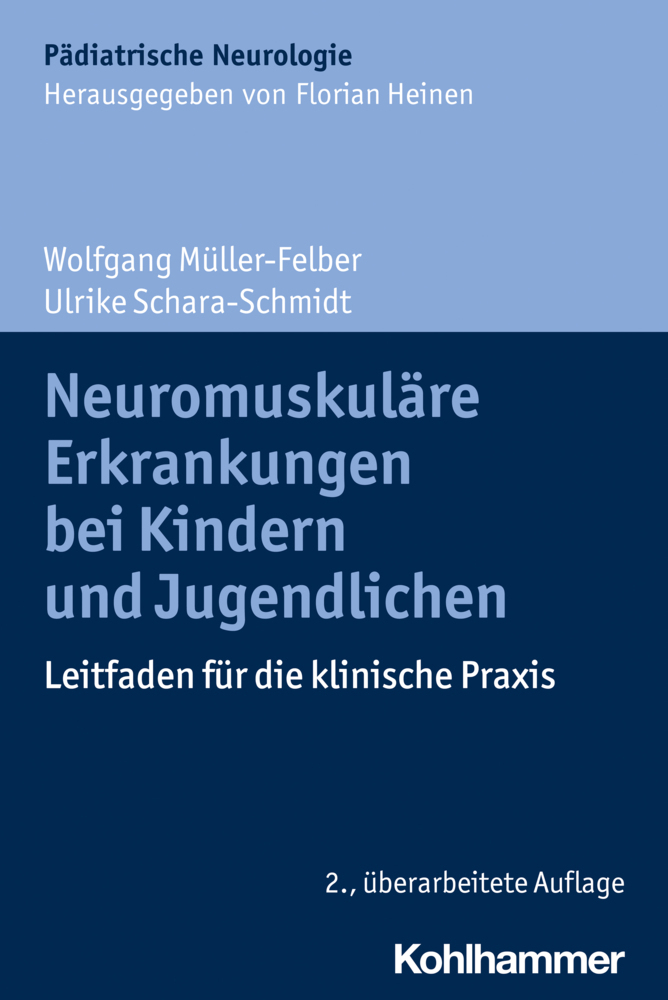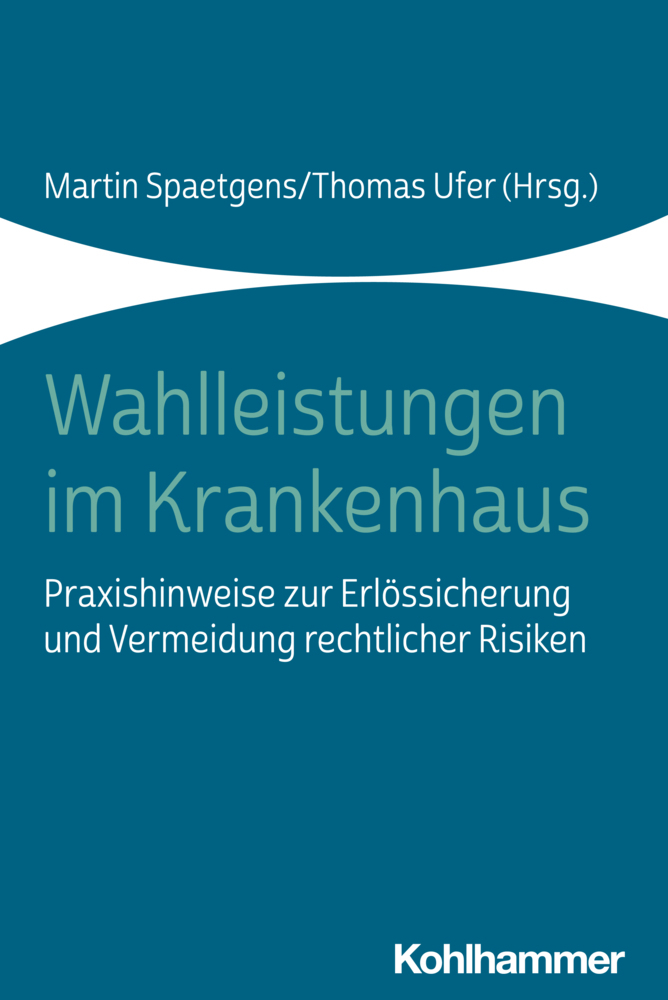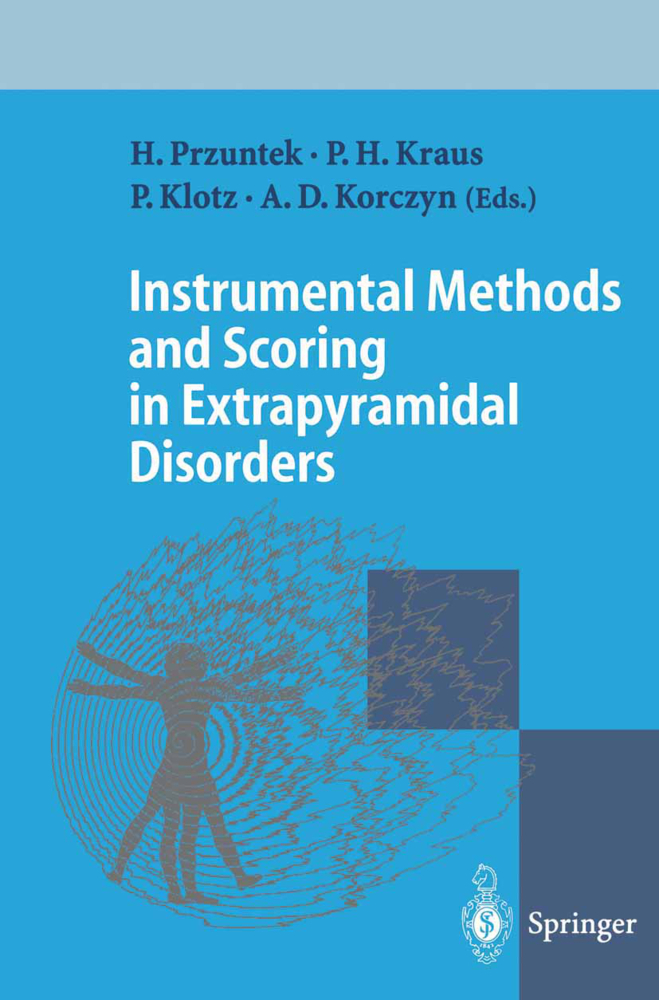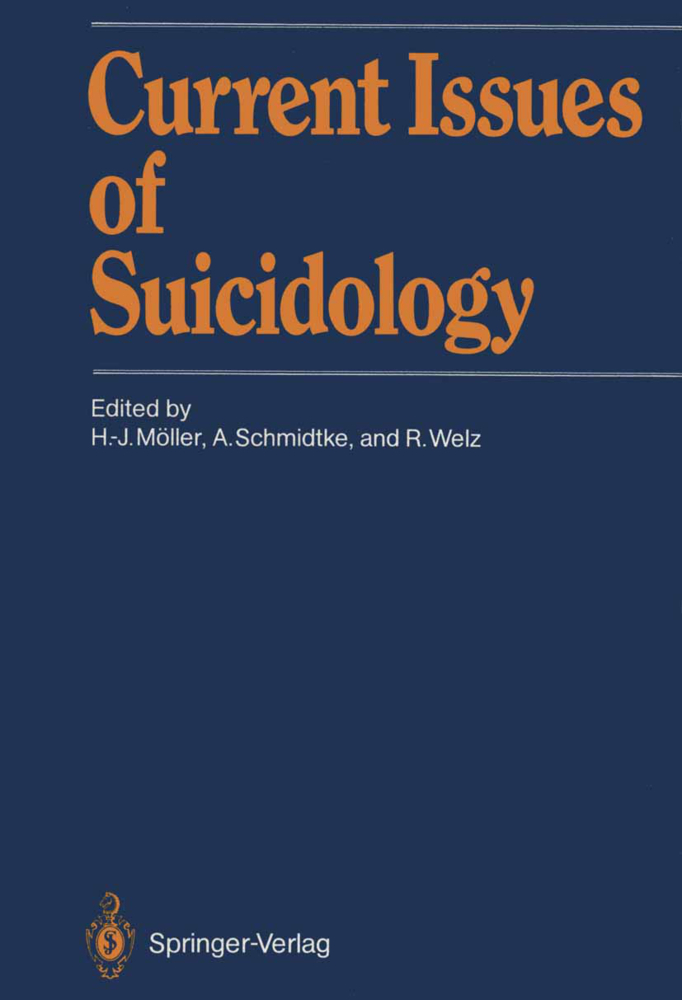In-Patient Treatment for Alcoholism
A Multi-Centre Evaluation Study
In-Patient Treatment for Alcoholism
A Multi-Centre Evaluation Study
In-patient treatment for alcoholism going beyond physical withdrawal from the drug has been available in Germany for more than 130 years. Particularly since the Second World War, treatment has broadened and changed in various ways. There are several reasons for this development. The recognition of alcoholism as a disease by the Supreme Court had widespread financial and administrative consequences. Since then in patient treatment has been funded mainly by the pension insurance institutions. Another reason is the strengthened influence of different psychotherapeutic schools on practice in treatment. At the present time in the Federal Republic of Germany there are about 250 treatment facilities (Suchtfachkliniken, or addiction centres), where around 25000 patients a year receive in-patient treatment. In addition to these, there are the addiction units in psychiatric and general hospitals, of which some offer withdrawal treatment, while others also offer rehabilit ation treatment. For out-patient treatment there are about 450 special addiction counselling and treatment centres, out-patient facilities available at local health authorities and university hospitals and, further to all this, there are thousands of self-help groups of various kinds. This system of interlocking treatment facilities of various kinds, from the first contact to the after-care stage, is called a treatment network or chain.
1.2 Review of the Literature
2 Method
2.1 Basic Model
2.2 Structure of the Study
2.3 Selection of Patients
2.4 Patient Variables
2.5 Assessing the Outcome of Treatment
2.6 Study Procedure
2.7 Data Protection
2.8 Data Evaluation
3 Treatment Centres
3.1 Description
3.2 Factors in the Therapeutic Atmosphere
3.3 Summary
4 Admission Data
4.1 Data Collection
4.2 Sociodemographic Data
4.3 Use of Addictive Substances
4.4 Personality and Social Behaviour
4.5 Physical Condition
4.6 Previous Treatment for Alcoholism
4.7 Attitudes to Treatment (EZB)
4.8 Life Events (LEL)
4.9 Summary
5 Discharge Data
5.1 Data Collection
5.2 Sociodemographic Data
5.3 Behaviour and Symptoms During Treatment
5.4 Personality Changes
5.5 Summary
6 Six-Month Follow-Up
6.1 Data Collection
6.2 Sociodemographic Data
6.3 Use of Addictive Substances
6.4 Personality Changes
6.5 Physical Condition
6.6 Life Events
6.7 Treatment During the First 6 Months After Discharge
6.8 Comparison of Some Outcome Criteria
6.9 Summary
7 Eighteen-Month Follow-Up
7.1 Data Collection
7.2 Sociodemographic Data
7.3 Use of Addictive Substances
7.4 Personality and Social Behaviour
7.5 Physical Condition and Complaints
7.6 Life Events
7.7 Treatment During the Follow-Up Period
7.8 Comparison of Different Outcome Criteria
7.9 Summary
8 Data from Health and Pension Insurance Institutions
8.1 Health Insurance Companies
8.2 Pension Insurance Institutions
8.3 Summary
9 Reliability and Validity of Data
9.1 Heterogeneity of Data
9.2 Results
9.3 Summary
10 Changes Over the Course of the Study
10.1 Alcohol Abstinence
10.2 Marital Status, Living Arrangements and Work
10.3 Changes In andInteractions Between Outcome Criteria
10.4 Changes in Personality and Social Behaviour
10.5 Drop-Outs from Treatment, Length of Treatment and Outcome
10.6 Summary
11 Patients' Attitudes to and Experiences of Treatment
11.1 Attitudes to Treatment (EZB)
11.2 Patients' Experiences of Therapy (TEL)
11.3 Correlation Between EZB and TEL
11.4 Summary
12 Patient Variables as Prognostic Factors
12.1 Introduction
12.2 Method
12.3 Prognostic Factors for Drinking Behaviour
12.4 Prognostic Factors for Other Outcome Criteria
12.5 Analysis of Variables and Constructs of Special Clinical Relevance
12.6 Prognostic Significance of Dropping Out
12.7 Summary
13 Treatment Variables
13.1 Introduction
13.2 Grouping of Treatment Variables and Treatment Centres
13.3 Treatment Variables and Outcome
13.4 Effect of the Length of Treatment
13.5 Effects of After-Care in the Follow-Up Period
13.6 Summary
14 Indication
14.1 Introduction
14.2 Indication for Length of Treatment
14.3 Method
14.4 Results for Men
14.5 Indication Model for Men
14.6 Results for Women
14.7 Indication Model for Women
14.8 Prognosis and Indication
14.9 Summary
15 Other Factors Influencing Outcome
15.1 Influence Factors in After-Care and After-Treatment
15.2 Influence Factors in the Social Environment
15.3 Network of Influence Factors and Treatment Outcome
15.4 Summary
16 Discussion
16.1 Methodology
16.2 Results of the Individual Data Collections
16.3 Patients' Attitudes to and Experiences of Treatment
16.4 Prognosis
16.5 Treatment Variables
16.6 Indication
16.7 Influence Factors After Index Treatment
References
Appendices.
1 Introduction
1.1 Aim of the Study1.2 Review of the Literature
2 Method
2.1 Basic Model
2.2 Structure of the Study
2.3 Selection of Patients
2.4 Patient Variables
2.5 Assessing the Outcome of Treatment
2.6 Study Procedure
2.7 Data Protection
2.8 Data Evaluation
3 Treatment Centres
3.1 Description
3.2 Factors in the Therapeutic Atmosphere
3.3 Summary
4 Admission Data
4.1 Data Collection
4.2 Sociodemographic Data
4.3 Use of Addictive Substances
4.4 Personality and Social Behaviour
4.5 Physical Condition
4.6 Previous Treatment for Alcoholism
4.7 Attitudes to Treatment (EZB)
4.8 Life Events (LEL)
4.9 Summary
5 Discharge Data
5.1 Data Collection
5.2 Sociodemographic Data
5.3 Behaviour and Symptoms During Treatment
5.4 Personality Changes
5.5 Summary
6 Six-Month Follow-Up
6.1 Data Collection
6.2 Sociodemographic Data
6.3 Use of Addictive Substances
6.4 Personality Changes
6.5 Physical Condition
6.6 Life Events
6.7 Treatment During the First 6 Months After Discharge
6.8 Comparison of Some Outcome Criteria
6.9 Summary
7 Eighteen-Month Follow-Up
7.1 Data Collection
7.2 Sociodemographic Data
7.3 Use of Addictive Substances
7.4 Personality and Social Behaviour
7.5 Physical Condition and Complaints
7.6 Life Events
7.7 Treatment During the Follow-Up Period
7.8 Comparison of Different Outcome Criteria
7.9 Summary
8 Data from Health and Pension Insurance Institutions
8.1 Health Insurance Companies
8.2 Pension Insurance Institutions
8.3 Summary
9 Reliability and Validity of Data
9.1 Heterogeneity of Data
9.2 Results
9.3 Summary
10 Changes Over the Course of the Study
10.1 Alcohol Abstinence
10.2 Marital Status, Living Arrangements and Work
10.3 Changes In andInteractions Between Outcome Criteria
10.4 Changes in Personality and Social Behaviour
10.5 Drop-Outs from Treatment, Length of Treatment and Outcome
10.6 Summary
11 Patients' Attitudes to and Experiences of Treatment
11.1 Attitudes to Treatment (EZB)
11.2 Patients' Experiences of Therapy (TEL)
11.3 Correlation Between EZB and TEL
11.4 Summary
12 Patient Variables as Prognostic Factors
12.1 Introduction
12.2 Method
12.3 Prognostic Factors for Drinking Behaviour
12.4 Prognostic Factors for Other Outcome Criteria
12.5 Analysis of Variables and Constructs of Special Clinical Relevance
12.6 Prognostic Significance of Dropping Out
12.7 Summary
13 Treatment Variables
13.1 Introduction
13.2 Grouping of Treatment Variables and Treatment Centres
13.3 Treatment Variables and Outcome
13.4 Effect of the Length of Treatment
13.5 Effects of After-Care in the Follow-Up Period
13.6 Summary
14 Indication
14.1 Introduction
14.2 Indication for Length of Treatment
14.3 Method
14.4 Results for Men
14.5 Indication Model for Men
14.6 Results for Women
14.7 Indication Model for Women
14.8 Prognosis and Indication
14.9 Summary
15 Other Factors Influencing Outcome
15.1 Influence Factors in After-Care and After-Treatment
15.2 Influence Factors in the Social Environment
15.3 Network of Influence Factors and Treatment Outcome
15.4 Summary
16 Discussion
16.1 Methodology
16.2 Results of the Individual Data Collections
16.3 Patients' Attitudes to and Experiences of Treatment
16.4 Prognosis
16.5 Treatment Variables
16.6 Indication
16.7 Influence Factors After Index Treatment
References
Appendices.
Küfner, Heinrich
Feuerlein, Wilhelm
Antons, Klaus
Fiedel, Dieter
Flohrschütz, Thomas
Hansert, Erwin
Huber, Manfred
Wagstaff, F. K. H.
| ISBN | 978-3-642-74390-0 |
|---|---|
| Artikelnummer | 9783642743900 |
| Medientyp | Buch |
| Auflage | Softcover reprint of the original 1st ed. 1989 |
| Copyrightjahr | 2012 |
| Verlag | Springer, Berlin |
| Umfang | XIV, 381 Seiten |
| Abbildungen | XIV, 381 p. |
| Sprache | Englisch |

